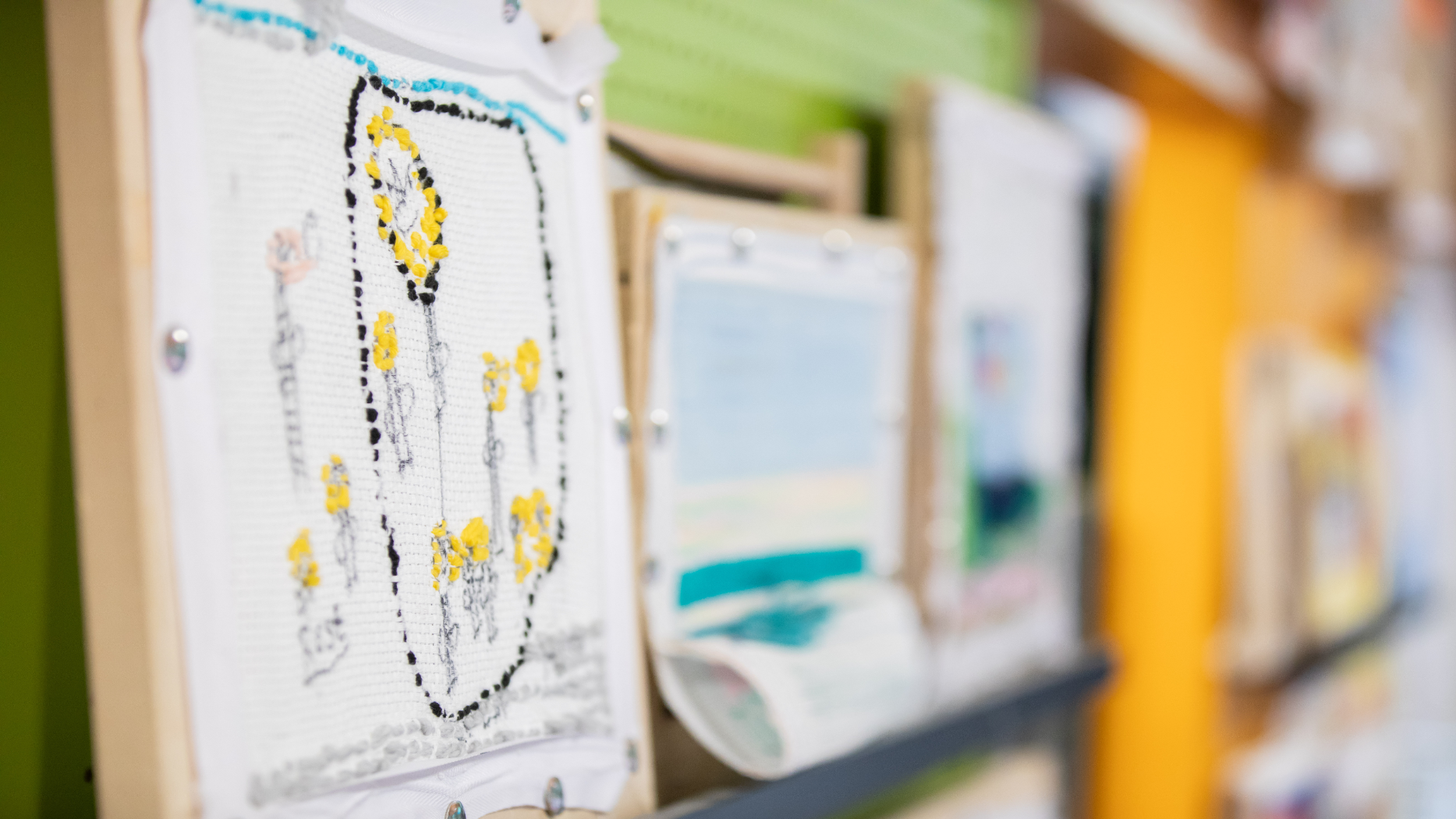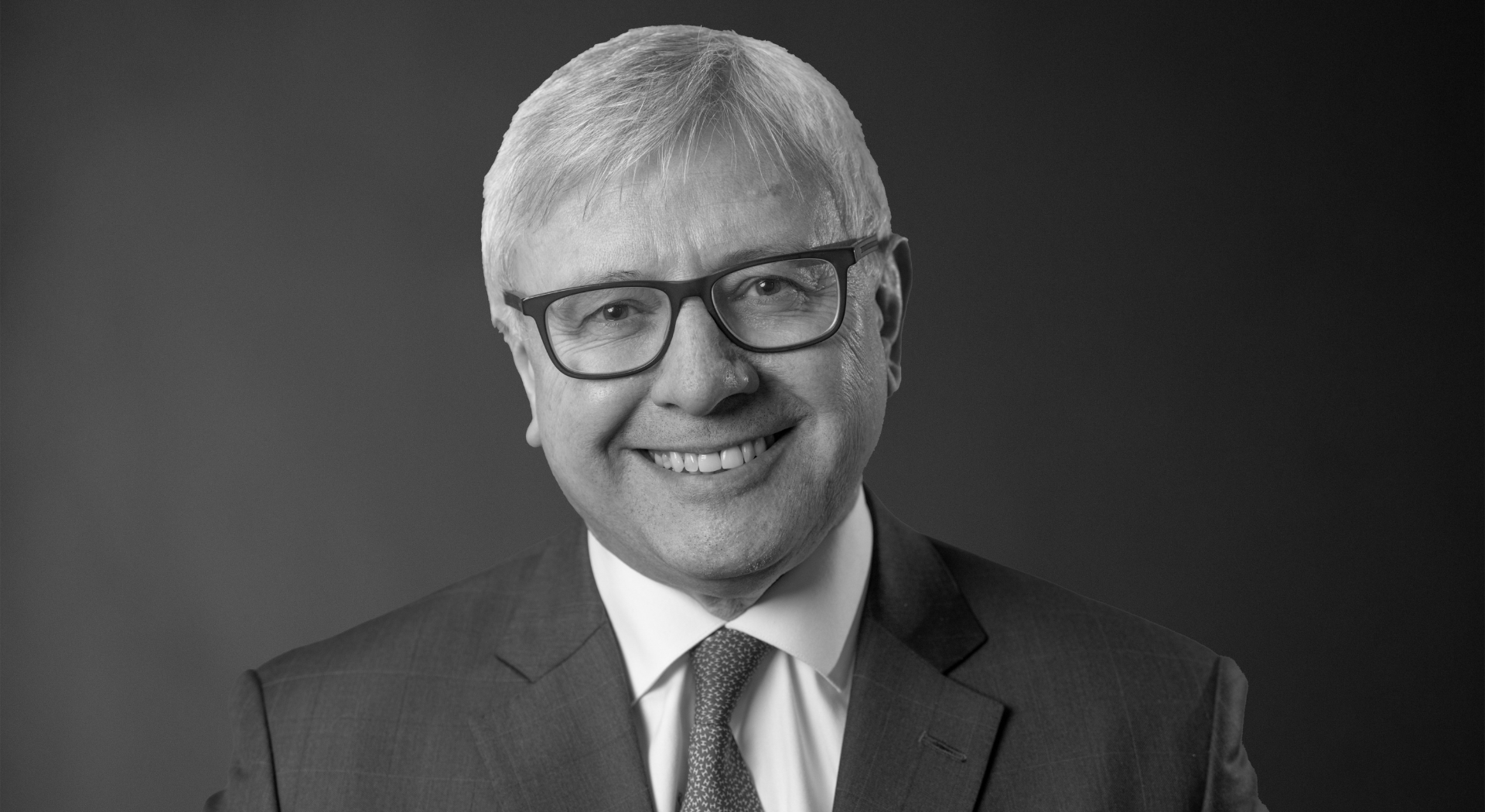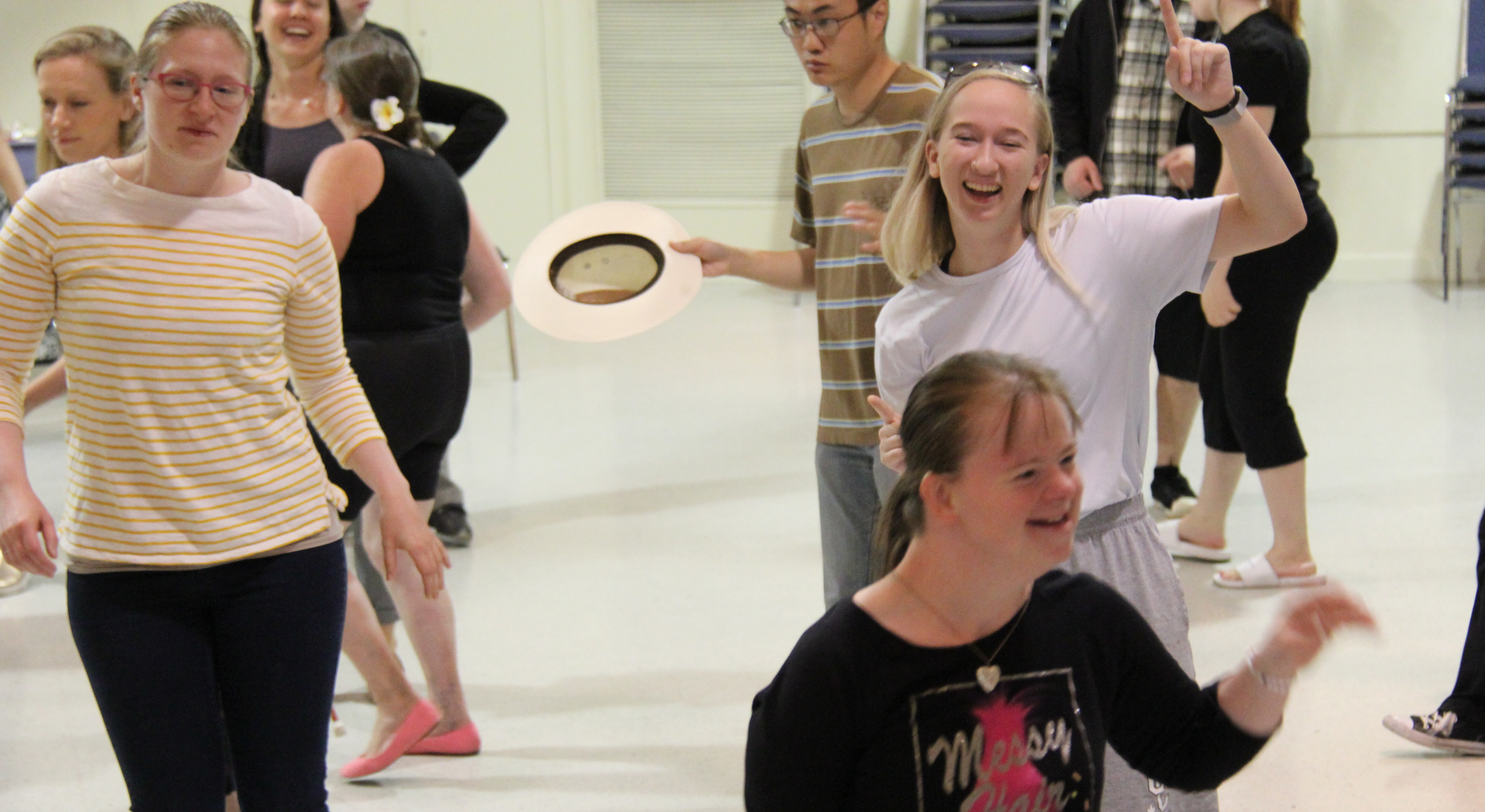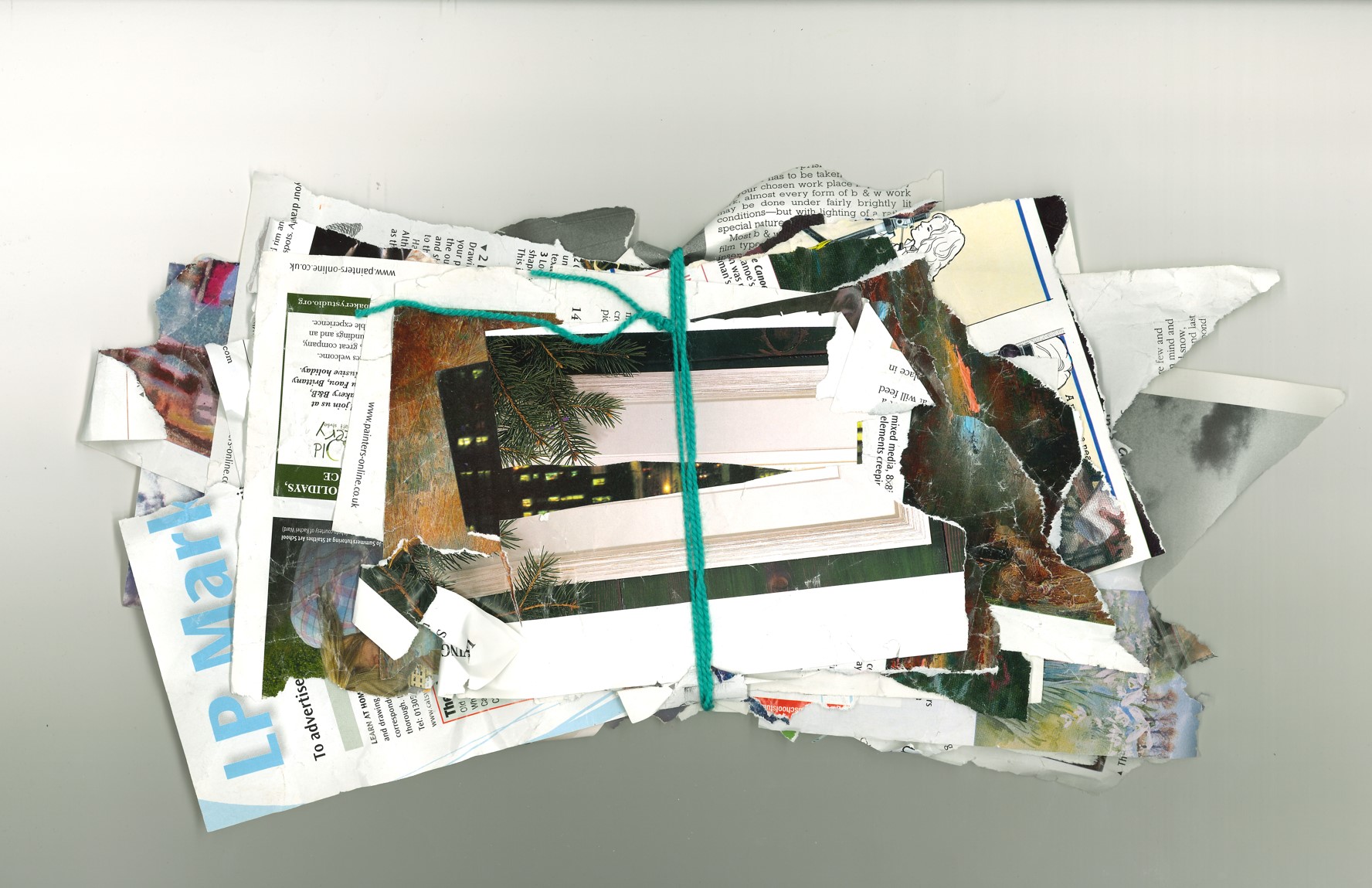Karly Mortimer has always been more interested in helping others to share their artistic perspectives than in her own artwork. It’s what makes her a natural facilitator.
“I think that’s really what artistic programming is,” she says. “Creating conversations and holding space for artists—especially those with diverse perspectives.”
Karly joined the National accessArts Centre (NaAC) team as Director, Artist & Program Development in 2018, but she’s been involved in the arts for nearly a decade. In that time, she’s learned a thing or two about creating programs and events that are truly artist-led. Under her leadership, the NaAC has been recognized nationally and internationally for excellence in artistic training and creation opportunities extended to artists living with disabilities. Here, Karly shares lessons learned and practical advice for creating artist-led programs and events.
5 Ways to Make the Most of Your Artistic Programming
1. Invite people to investigate a theme
Think of program participants and audiences as equals in your artistic process; as individuals who can shed light on the larger theme your program or event is exploring, Karly suggests. She calls this the co-investigation model.
Creating an equal playing field for all kinds of people to engage is key to the co-investigation model. That means positioning yourself as a partner in an investigation with different participants, rather than as a teacher. “All types of folks can contribute to the knowing around a project,” adds Karly.
Here are a few simple steps you can take to introduce the co-investigation model into your artistic programs and events:
- Pose questions and make space for others to explore them
- Avoid creating or reproducing hierarchical and colonial structures
- Allow your co-investigators to opt-in or out of programs and events
- Speak the language that your co-investigators are speaking
2. Meet artists where they are
Creating a truly collaborative environment requires recognizing the skills, strengths, and communication styles of your co-investigators. “It’s a constant evaluation of what you all bring to the table, and an active practice of listening,” says Karly. This builds trust, and allows for open, honest communication about what’s working—and what isn’t.
Karly suggests starting every project or investigation with a group agreement. Discuss what it looks like to work within your group, and what each participant needs to feel safe, comfortable, and creatively generous with each other. “When you set up a comfortable space, and people have been asked those questions, you build a strong foundation to carry you into any project,” she says.
Try these tips to create trusting relationships with your co-investigators:
- Allow your co-investigators to ask questions, clarify expectations, and guide the process
- Be transparent about what you know and what you don’t know, and thank participants for things you learn along the way
- Make space for your co-investigators to share their strengths with each other
- Create opportunities for peer-to-peer mentorship or collaboration
3. Be open to opportunities
Instead of setting a framework from which to investigate a theme, be aware of and open to different ways of knowing. It takes some effort to throw away a checklist, but if you listen to what your artists and participants are saying, the results can be incredible.
“Oftentimes, folks with disabilities are already forced to make choices within a box, especially about their artistic practice—what it is and what it can be,” says Karly. “A choice between two is not a free choice for an artist.”
While you’re at it, forget arbitrary standards, too.
Here are a few steps you can take to think outside the box:
- Check-in with your co-investigators regularly and make adjustments as needed
- Recognize the many valid artistic practices that exist
- Talk with support workers to challenge notions of what’s possible for participants
4. Ask the right questions
Karly shares the example of an open studio she organized for the NaAC’s Contemporary Calgary Collider residency. She knew if she asked the artists participating in the residency what they wanted for an open studio event, their answers would not be reflective of their experience.
Instead, she asked them two questions:
- How do you want to share your artwork and your experience in the residency
- What’s going to make your friends and family want to come and feel comfortable? The result was a karaoke dance party with hot chocolate and sparkling juice, which was a huge success.
How to ask the right questions of your artists:
- Recognize how much you’re asking of your artists—collaboration is hard work!
- Consider how you are asking the questions you need answers to
- Use language that means something to your participants
“At the National accessArts Centre, we know there’s no standard way of working to produce professional, world-class artworks. Our programs are constant experiments. It’s going to be different with every new group of artists—and that’s great!”
Karly Mortimer, Director, Artist & Program Development, NaAC
5. Define success at the outset
Start with some assumptions, Karly says, then reflect back on them at the end of the project. Be realistic about what’s possible, and always share your learnings with your colleagues.
Questions to ask at the beginning of a project include:
- What does success look like?
- What are the opportunities that we’re creating here?
- What are the 10 and 100-year legacies of this work?
For Karly and all of the facilitators at the NaAC, putting artists first is their top priority. “There’s no question our artists are talented. We just want to add what we can in terms of opportunities and tools to elevate them and put them in the spotlight they deserve to be in,” Karly says.




